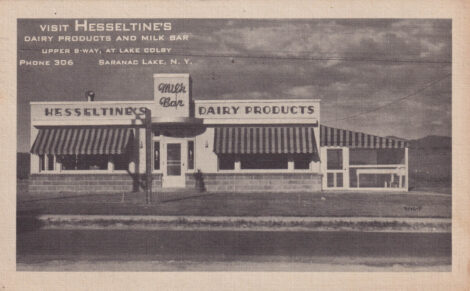Headlights often misunderstood by drivers
How much do you know about your vehicle’s headlights? Unfortunately, a large percentage of drivers don’t know very much. Many don’t even know if their vehicle has daytime running lights (DRLs) or not. And, many also don’t know exactly what the various headlight switch positions, normally on the turn signal lever, mean.
Most vehicles that also have DRLs have four positions on the knob on the end of the turn signal lever — off, full headlights, parking lights, and automatic (AUTO). Headlight controls may be somewhat different for different car manufacturers so drivers should review their owner’s manual to see exactly how each position functions. I have a Subaru –it has DRLs and includes automatic headlights that fully turn on at dusk and whenever the wipers are on. I normally leave the headlight control on AUTO. However, at times when it is not dark enough for the full headlights to come on but there is some fog or snow, I will turn the light control switch to full headlights. Even on this function, the lights will turn off when the ignition key is removed.
When in the “off” position, the DRLs will still come on when the vehicle is not in the “park” position. I never operate in this mode. Also, I will never operate in the “parking light” position, as this should be used only when parking, not when driving.
The number of cars driving in darkness with headlights switched off has risen sharply over the past decade. This is because most new vehicles are equipped with hi-tech instrument displays that are illuminated day or night — whether headlights are switched on or not. If the vehicle doesn’t have automatic headlights, a driver may be operating with just DRLs only, even after dark, as the DRLs are normally bright enough, and with the dashboard lights illuminated, the driver may think his/her headlights are on. This is referred to as a “phantom vehicle.”
Canada just passed legislation, known as the Canadian Vehicle Lighting Regulation, requiring any vehicle with DRLs, which is most all vehicles in Canada since all cars manufactured in Canada have been required to have DRLs since 1989, will have to also turn on the taillights when the DRLs come on. Second, headlights, taillights, and side marker lights will have to turn on automatically when it’s dark out. Third, the dashboard must stay dark until headlights are turned on, to make sure the driver realizes that their lights are off. All new vehicles — including cars, trucks, SUVs, three-wheeled vehicles, motorcycles, and heavy trucks — sold in Canada will be subject to this new regulation.
A survey of American drivers asking if the U.S. should adopt this kind of legislation showed 84% in favor and only 16% opposed. This is convincing evidence that U.S. drivers favor legislation that enhances vehicle safety, and they should.
The Insurance Institute for Highway Safety, the agency that crash-tests vehicles and rates them for safety, added a headlight rating program in 2016 that has spurred industry changes that are reducing dangerous nighttime crashes in the real world. Next week’s DYK article will be about better headlights linked to lower crash rates.

